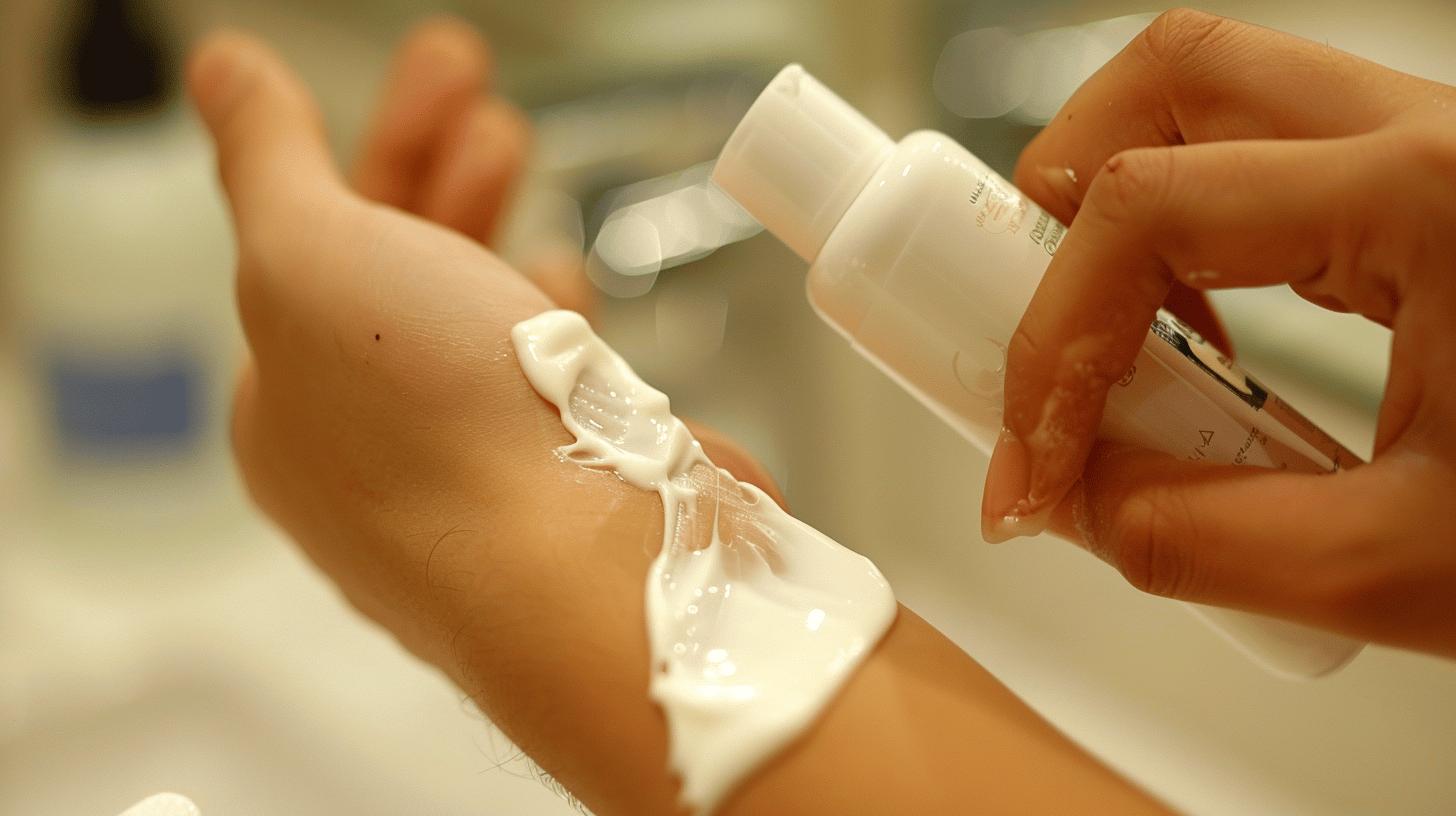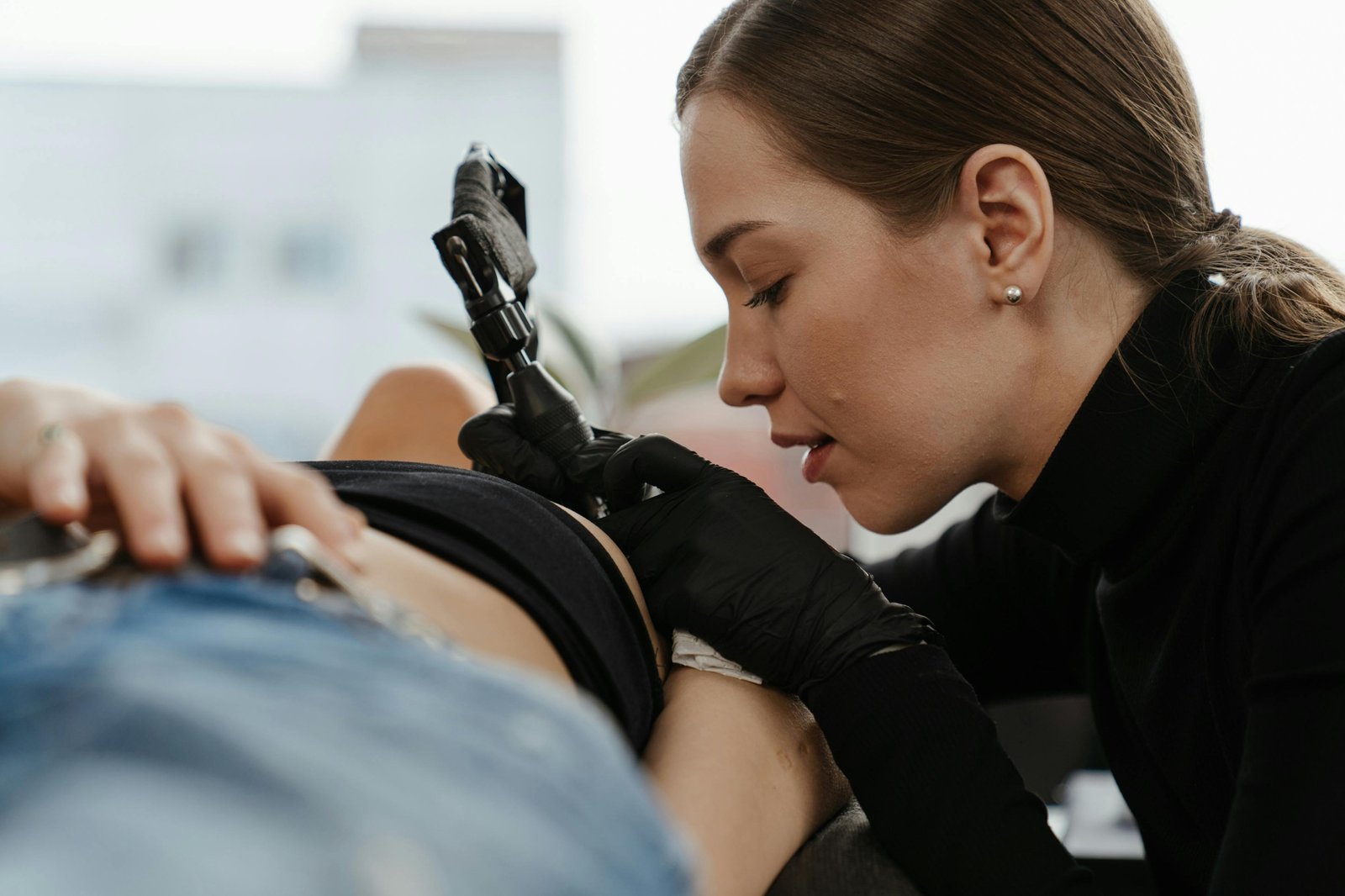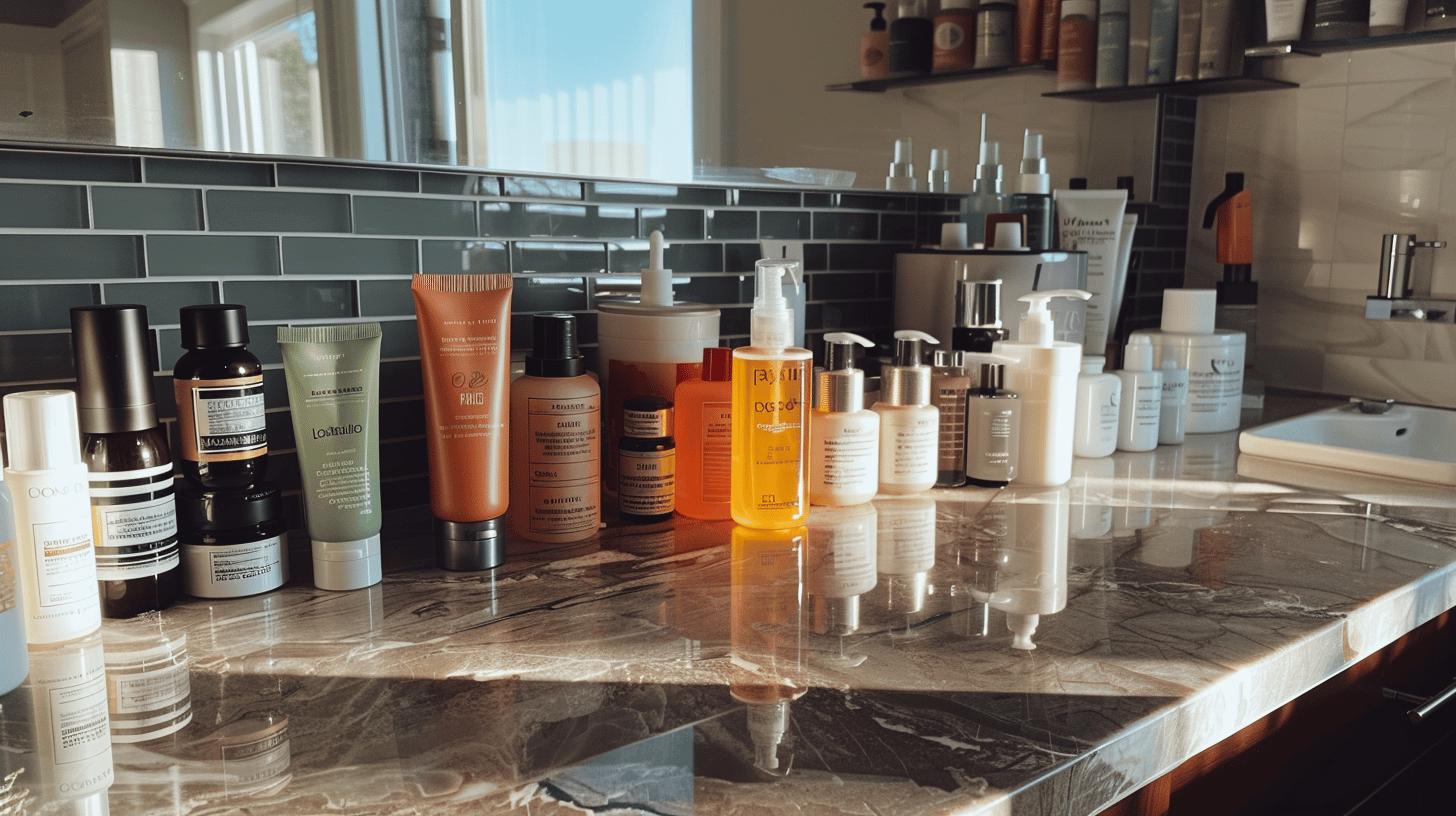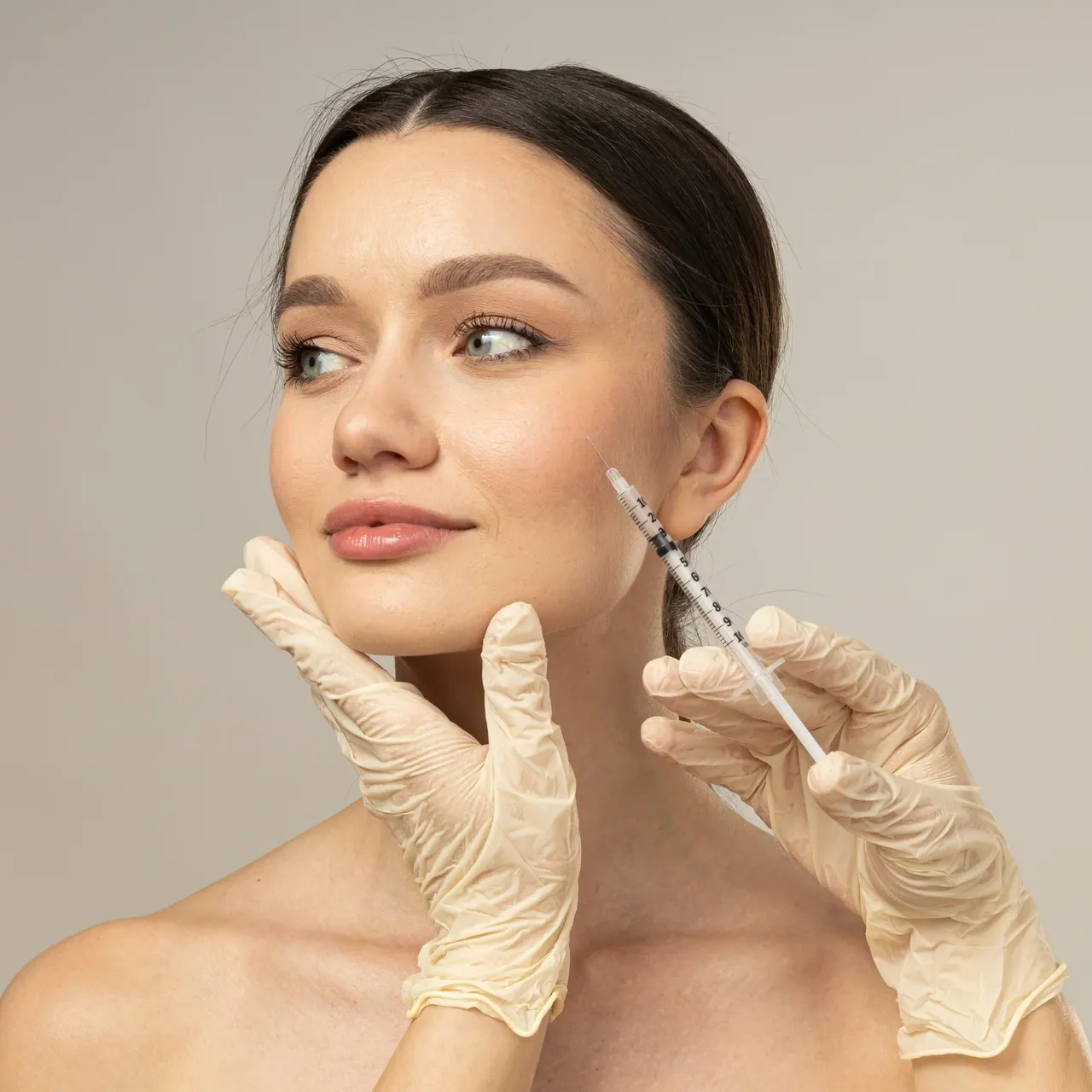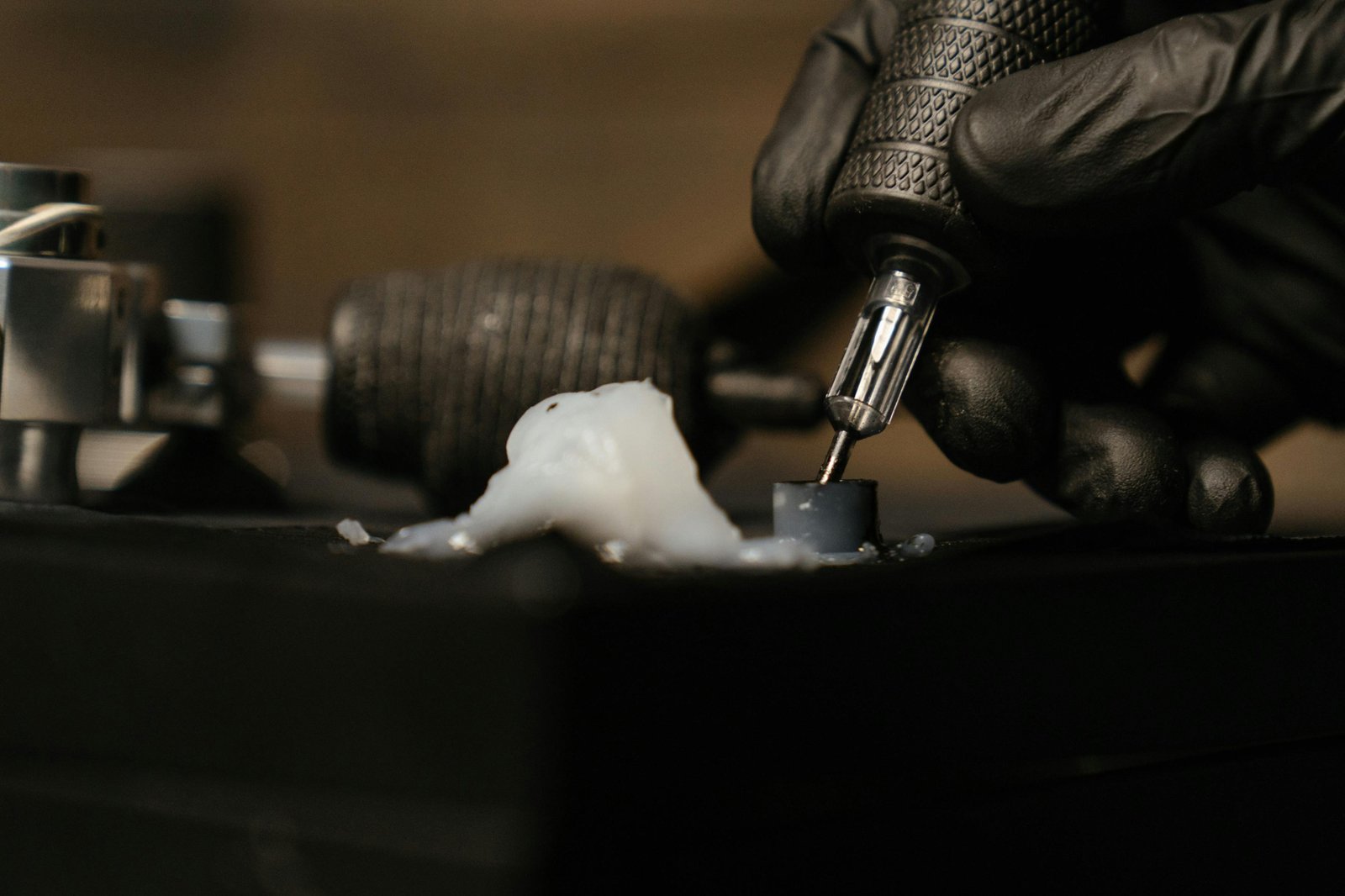How Long Does Tattoo Numbing Cream Last? Everything You Need to Know Before Using It
Ever wondered if using numbing cream really makes getting a tattoo painless—or if the numb feeling vanishes halfway through? Whether it’s your first tattoo or your tenth, knowing how long tattoo numbing cream lasts can make a huge difference to your tattoo experience. From powering through a full back piece to staying steady during cosmetic injections or laser hair removal, the right tattoo numbing cream can mean far less tattoo pain. In this guide, we’ll explain how long the numb effect from numbing cream usually lasts, why product choice matters, and what to expect once the numbing cream used wears off.
Tattoo Numbing Cream How Long Does It Last: A Clear Overview
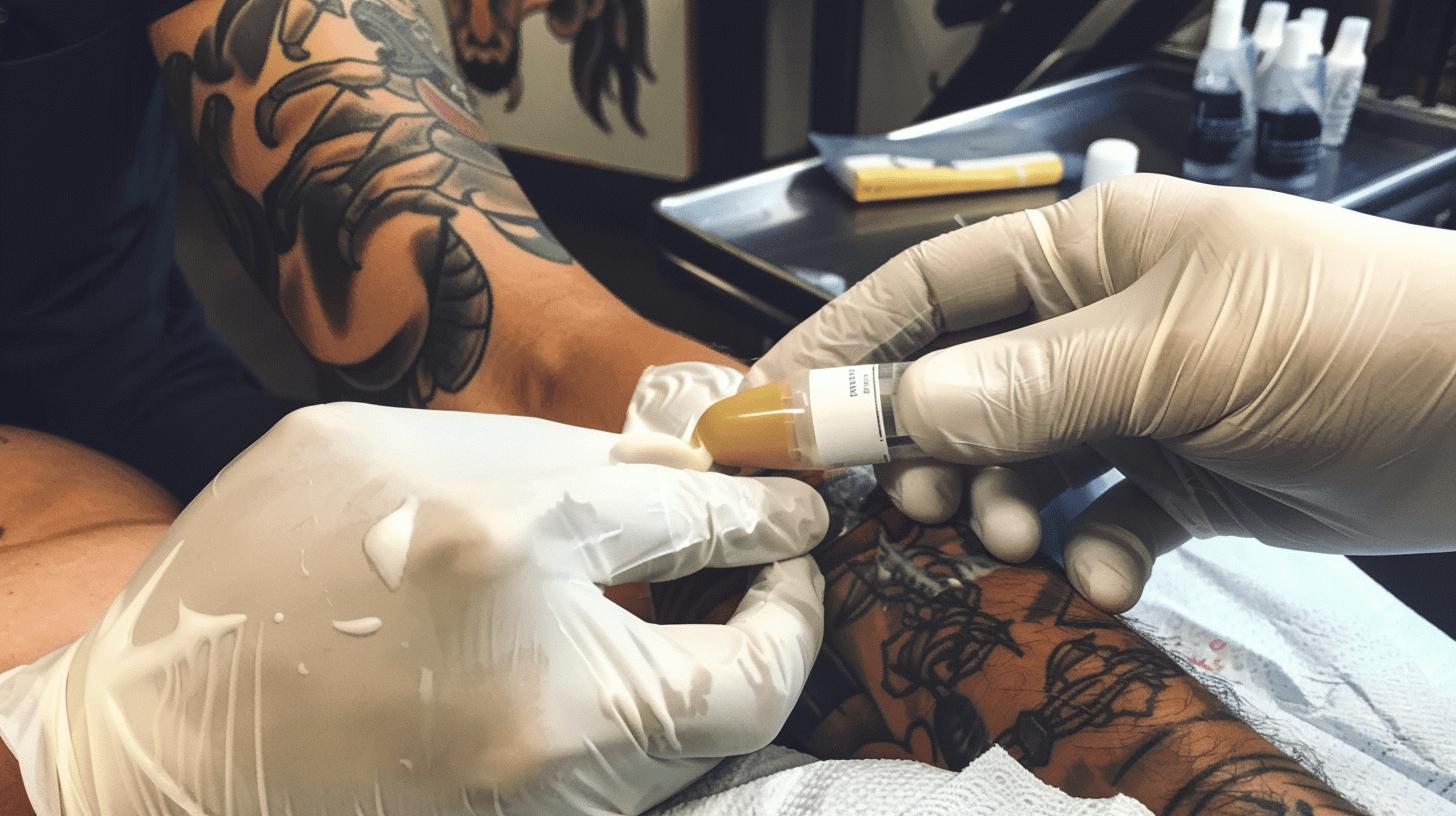
How long does tattoo numbing cream last?
Tattoo numbing cream typically lasts between 2 to 6 hours, depending on the product strength, the tattoo area, and individual skin factors.
Most tattoo numbing creams, such as those containing lidocaine as an active ingredient, are designed to numb the skin for the duration of a typical tattoo session. Stronger products like Totally Numb or TKTX can offer fast numbing and maintain a numbness effect for up to 6 hours if applied properly.
For milder creams like Emla numbing cream, the numbing effect might last around 2 hours. This is usually enough for small tattoos, cosmetic procedures, or skin treatments like laser hair removal.
The duration of tattoo numbing cream depends heavily on:
- Product strength: Creams with a higher percentage of lidocaine (usually 5%) provide longer pain relief.
- Tattoo area: Areas with thinner skin, like the inner arm, may stay numb longer compared to thicker-skinned parts like the back.
- Skin type and sensitivity: People with sensitive skin might experience slight variations in how long the numbness lasts.
- Tattoo size and session length: Longer tattoo procedures can outlast the effectiveness of the cream.
- Amount of numbing cream used: Applying a thick layer and covering it with plastic wrap helps maximise the numbing effect.
- Metabolism: Faster metabolism can break down the active ingredients quicker, shortening the numb time.
When using numbing cream, minor localised redness is normal and usually disappears in a short time after the tattooing process begins.
Individual results vary, so it’s best to follow the instructions on the product and discuss options with your tattoo artist, especially if you have ever had any skin problems or allergic reactions. Proper application and timing are key to making your tattoo experience as pain free as possible.
Factors That Affect How Long Tattoo Numbing Cream Lasts
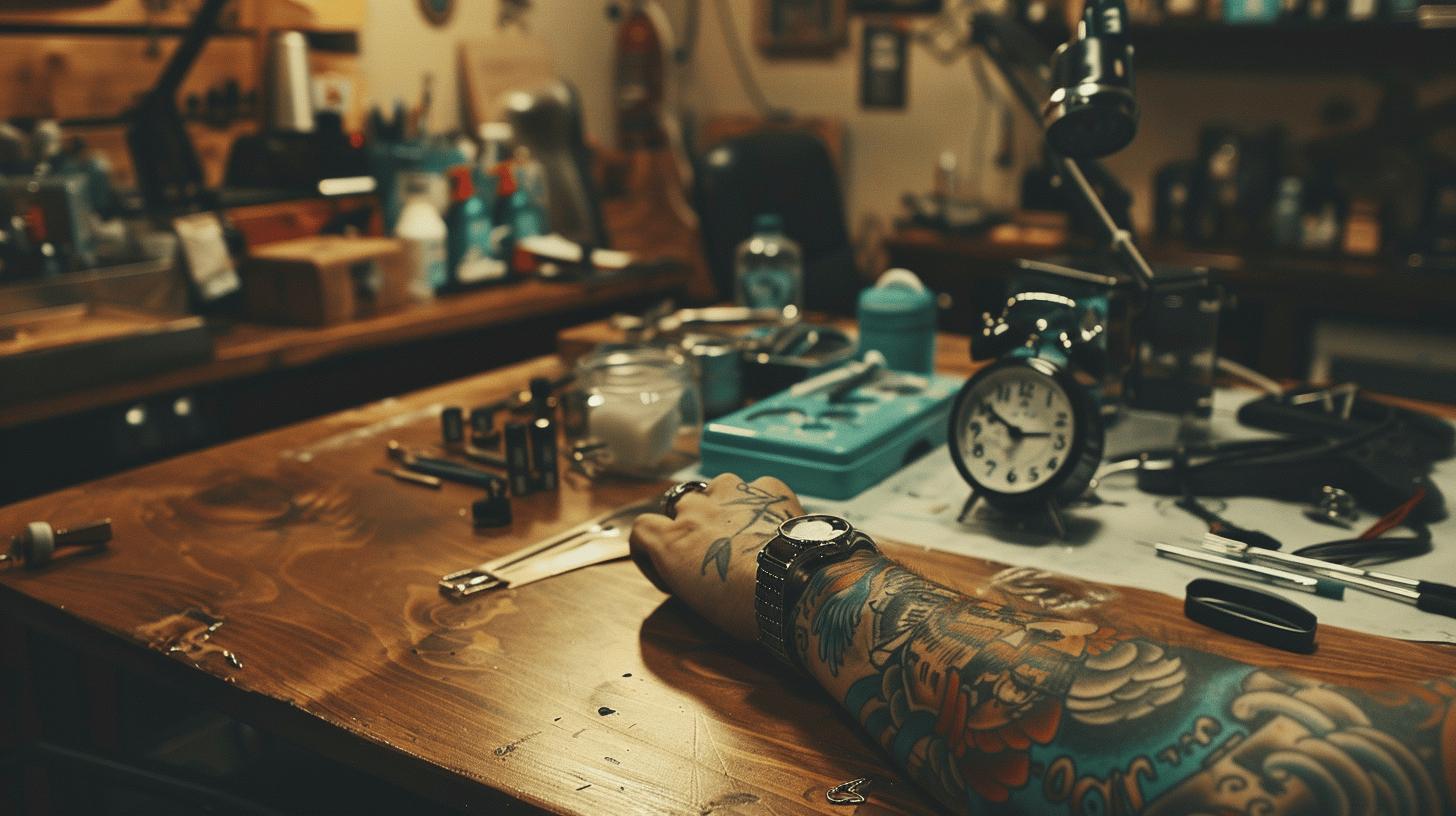
When does numbing cream stop working?
Tattoo numbing cream typically stops working between 2 to 6 hours after application, depending on the product strength, tattoo area, and individual skin factors.
Several things influence how long the numbing effect will last during a tattoo session. The effectiveness of the cream depends not just on the brand or type—like Emla numbing cream or TKTX—but also on how the body responds to it.
Here are the main factors that affect how long tattoo numbing cream lasts:
- Skin thickness: Thicker areas of the skin, such as the back or thighs, may reduce the effectiveness of the cream faster than thinner, more sensitive skin like the inner arm or ribs.
- Strength of active ingredient: Creams containing 5% lidocaine, the maximum allowed for over-the-counter use, tend to provide longer-lasting pain relief compared to weaker formulations.
- Amount of numbing cream used: Applying a thick layer, covered with plastic wrap, helps to numb the skin more deeply and for a longer period.
- Tattoo area: Some areas of the skin absorb numbing cream differently. Places with more nerve endings, like the hands or feet, may feel the numbness wearing off sooner.
- Tattoo session length: Longer tattoo procedures can outlast the initial numbing effect, meaning that tattoo pain might return partway through a session.
- Pain tolerance: People with higher pain tolerance may notice the numbing cream wear off less dramatically, while those with lower tolerance might feel discomfort sooner.
- Metabolism and blood flow: Faster metabolism or higher blood circulation can break down the active ingredients quicker, shortening how long the numbing cream lasts.
Because everyone’s body reacts differently, using a numbing cream like those offered by Tattoo Numbing Cream Co or applying alternatives like TKTX can still produce variable results. Some might feel the cream working for the full 6 hours if applied properly, while others might notice a decrease in the numbing effect earlier, especially in areas with thicker skin or during a longer tattoo appointment.
It’s always recommended to follow the instructions carefully when you use tattoo numbing cream and discuss your options with your tattoo artist if you have sensitive skin or have ever had any skin problems or allergic reactions. Minor localised redness is normal after the tattooing process begins and usually disappears in a short time.
How Long to Leave Numbing Cream On Tattoo Before Getting Started
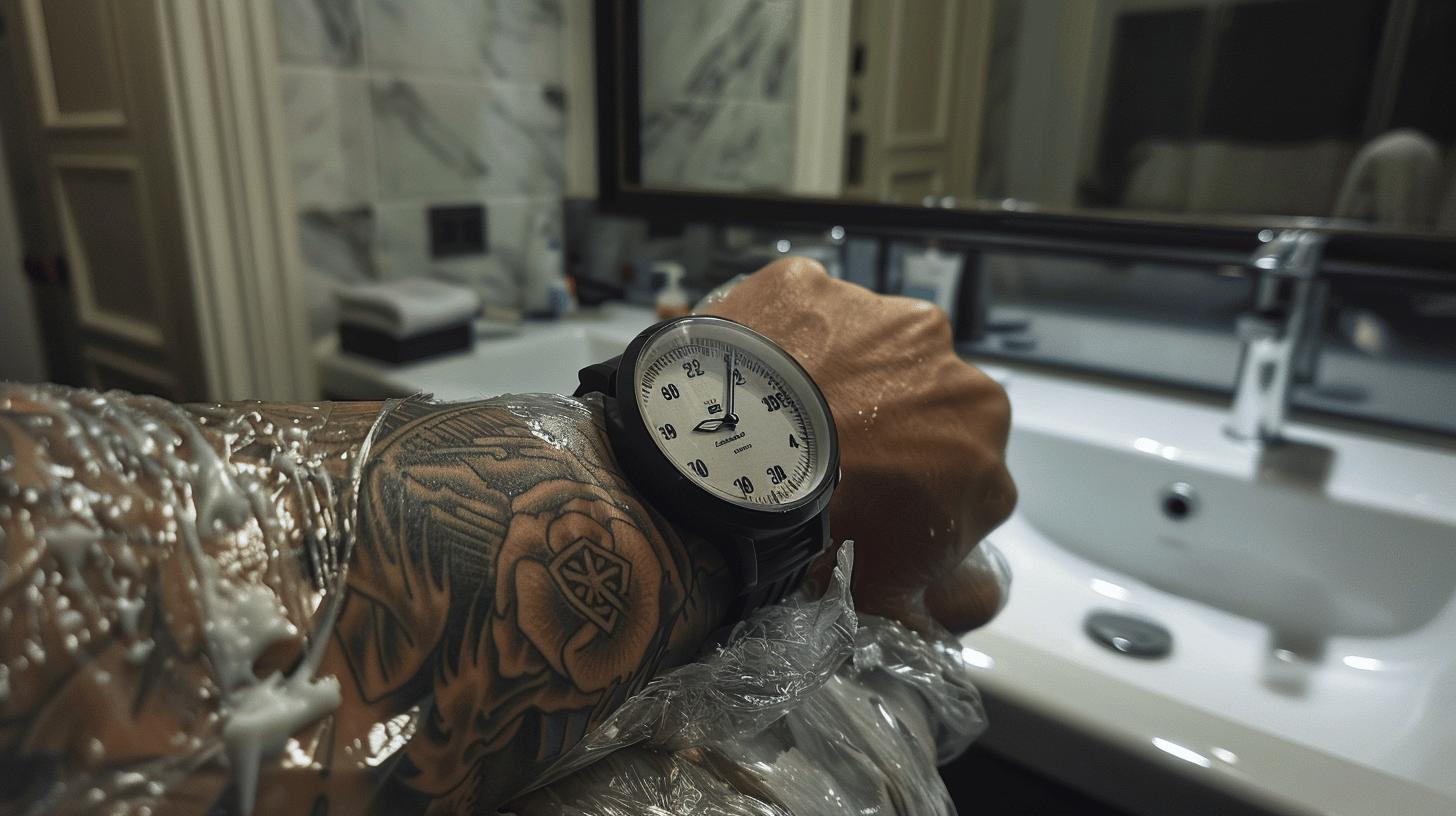
When to apply numbing cream tattoo?
Numbing cream should be applied at least 45 to 60 minutes before the tattoo session starts.
This timing allows the active ingredient, usually lidocaine, to fully numb the skin by blocking pain signals from reaching the brain. If you apply numbing cream too close to the tattoo appointment, the numbing effect might not reach its peak, leading to more pain during the tattooing process.
How long to leave numbing cream on tattoo?
Leave the numbing cream on the tattoo area for about 60 minutes, covered with plastic wrap.
Covering the area of the skin with plastic wrap after applying the cream helps trap body heat, allowing the numbing cream to absorb better and provide more effective numbing. A thick layer (about 1mm) should be used to numb the skin properly. The amount of numbing cream used matters—too little and you might not get the full numbing effect needed for a pain free tattoo experience.
Here’s how to use numbing cream for tattoos correctly:
- Clean the tattoo area: Wash and dry the skin thoroughly to remove oils, dirt, and dead skin cells.
- Apply a thick layer: Apply a thick amount of numbing cream (around 1mm in thickness) to the area and rub it lightly but do not massage it completely in.
- Cover the area: Use plastic wrap to cover the cream. This keeps the area warm and helps the active ingredients penetrate the surface of the skin.
- Wait 45–60 minutes: Allow the cream to sit for at least 45 minutes. Peak numbness is usually achieved after around 60 minutes.
- Remove before tattooing: Just before starting the tattooing process, gently wipe off the cream and clean the skin again.
Using a numbing cream like TKTX or options from Tattoo Numbing Cream Co correctly can reduce the pain significantly during tattoo procedures, cosmetic skin treatments, or even laser hair removal. Always follow the instructions on the product to avoid adverse effects of any kind, especially if you have sensitive skin or have ever had any skin problems or allergic reactions. Minor localised redness is normal and usually disappears in a short time after the tattooing begins.
Can You Reapply Tattoo Numbing Cream During Long Sessions?
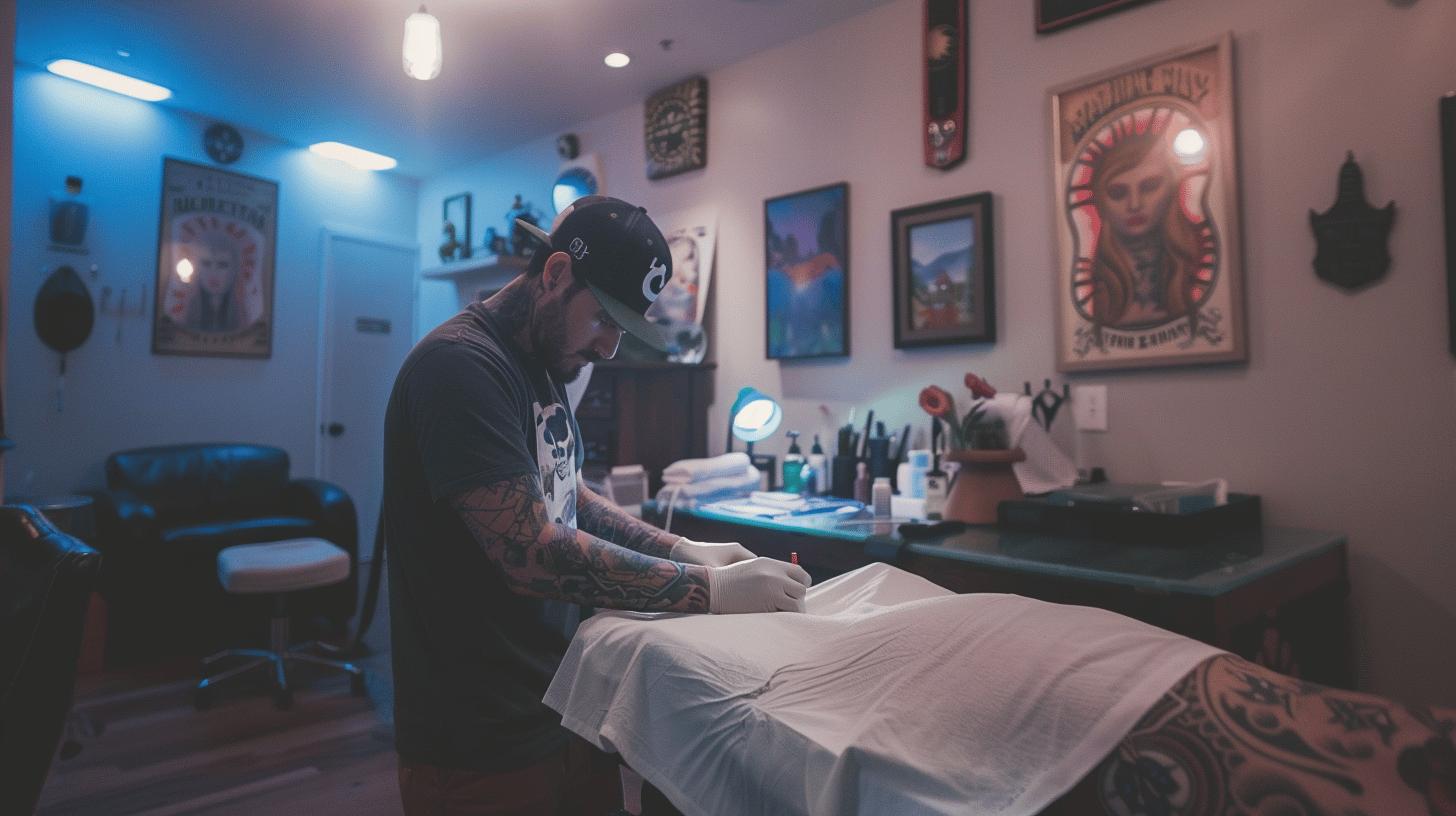
Can you reapply tattoo numbing cream during long sessions?
Yes, reapplying tattoo numbing cream during long sessions is possible but must be done carefully and with permission from your tattoo artist.
When using a numbing cream during a tattoo session that lasts longer than two hours, the initial numbness may start to wear off. Products like Totally Numb or those from Tattoo Numbing Cream Co are often recommended for longer tattoo sessions because they provide fast numbing and extended pain relief. Reapplication can help maintain comfort, but it’s crucial to follow safe practices to avoid skin issues or allergic reactions.
Here are typical guidelines for reapplying tattoo numbing cream:
- Discuss with your tattoo artist first: Always ask your tattoo artist if reapplying numbing cream is acceptable during the tattooing process. Some prefer not to reapply once tattooing has started.
- Apply only on unbroken skin: Never apply numbing cream to areas of the skin that have already been tattooed or where the surface of the skin is broken.
- Use the right amount of numbing cream: Apply a thick layer (around 1mm) only to new areas that are about to be tattooed, not over existing fresh tattoos.
- Allow enough time for the numbing effect: After reapplying, cover the area with plastic wrap and wait around 30 minutes for effective numbing before tattooing continues.
Reapplying numbing cream can help reduce pain during longer tattoo procedures, but overuse can cause paleness or redness. Following the instructions carefully and using a range of high-quality creams containing active ingredients like lidocaine will improve the tattoo experience without increasing the risk of adverse effects of any kind. Always watch for minor localised redness, which is normal and usually disappears in a short time after the tattoo appointment.
Popular Tattoo Numbing Creams and How Long Each Lasts
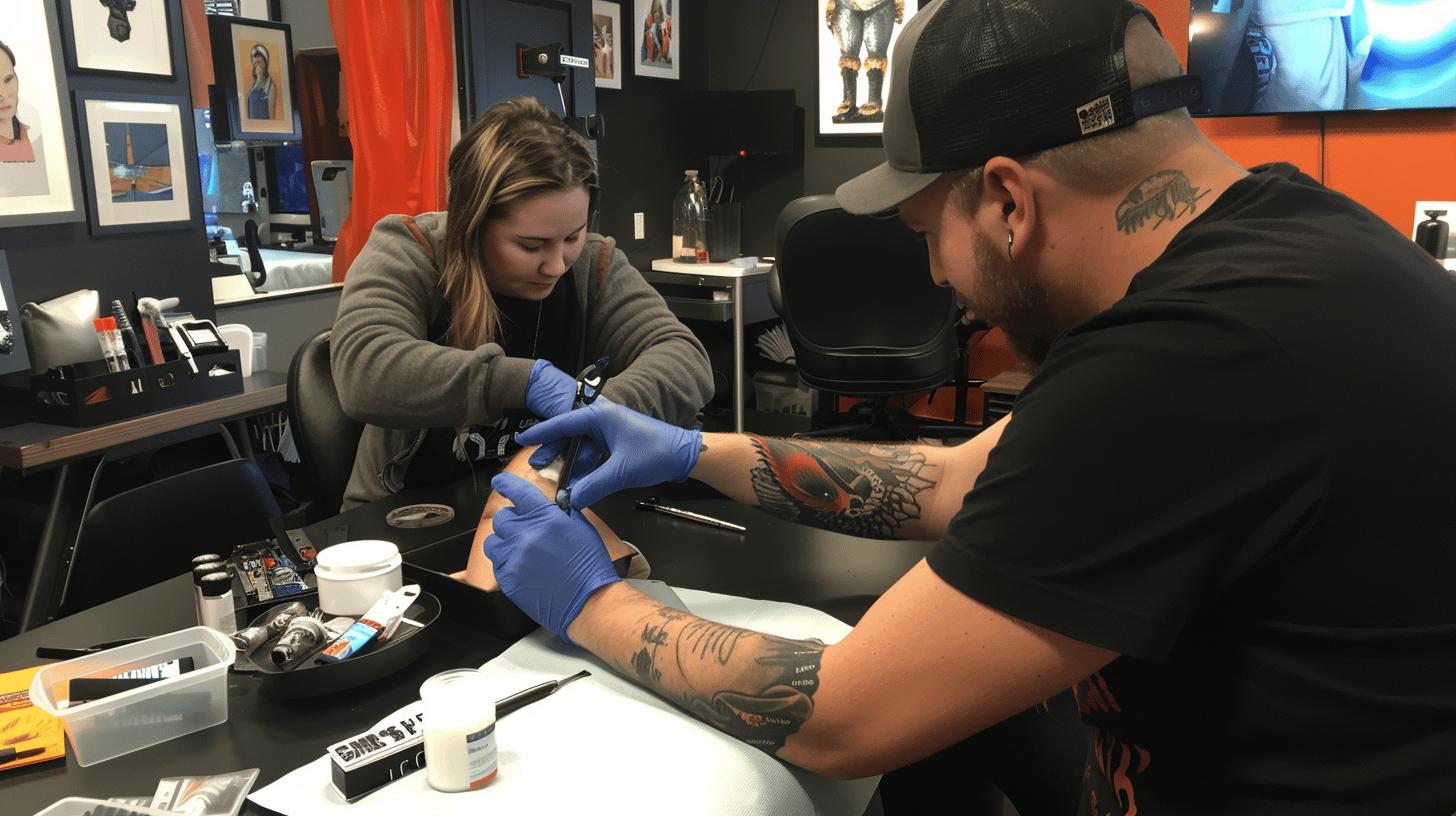
How long does tattoo numbing cream last?
Tattoo numbing cream typically lasts between 2 to 6 hours, depending on the active ingredient, product strength, and how the skin responds.
Choosing the best tattoo numbing cream UK artists recommend can make a big difference in your tattoo experience. Not all creams are created equal—some provide fast numbing and extended pain relief, while others are better suited for shorter tattoo procedures or smaller areas. The effectiveness of the cream varies based on the amount of numbing cream used, the tattoo area, and how well the product was applied.
Here’s a comparison of popular creams based on tattoo numbing cream reviews and product information:
| Product Name | Active Ingredients | Duration |
|---|---|---|
| Totally Numb | Lidocaine 5% | Up to 6 hours |
| BLT Cream | Benzocaine, Lidocaine, Tetracaine | Around 4 hours |
| Emla Numbing Cream | Lidocaine, Prilocaine | Up to 2 hours |
| TKTX Numbing Cream | Lidocaine, Epinephrine | 4 to 6 hours |
| Tattoo Numbing Cream Co Original | Lidocaine 5% | 4 to 6 hours |
Stronger creams like Totally Numb and TKTX are often considered the strongest numbing cream for tattoos, offering fast numbing and longer-lasting numbness if applied at least 45 to 60 minutes before tattooing. Products like Emla numbing cream are better suited for cosmetic skin treatments or smaller tattoos where the tattoo session is shorter.
Using a numbing cream properly—such as applying a thick layer and covering the area of the skin with plastic wrap—helps to numb the skin more effectively and maintain the numbing effect throughout the tattooing process.
When you use tattoo numbing cream, be aware that individual factors such as sensitive skin, metabolism, and tattoo area can slightly alter how long the numbing cream lasts. Minor localised redness is normal and usually disappears in a short time after the tattoo appointment. Always follow the instructions carefully to avoid allergic reactions or adverse effects of any kind.
How Tattoo Artists Feel About Using Numbing Creams
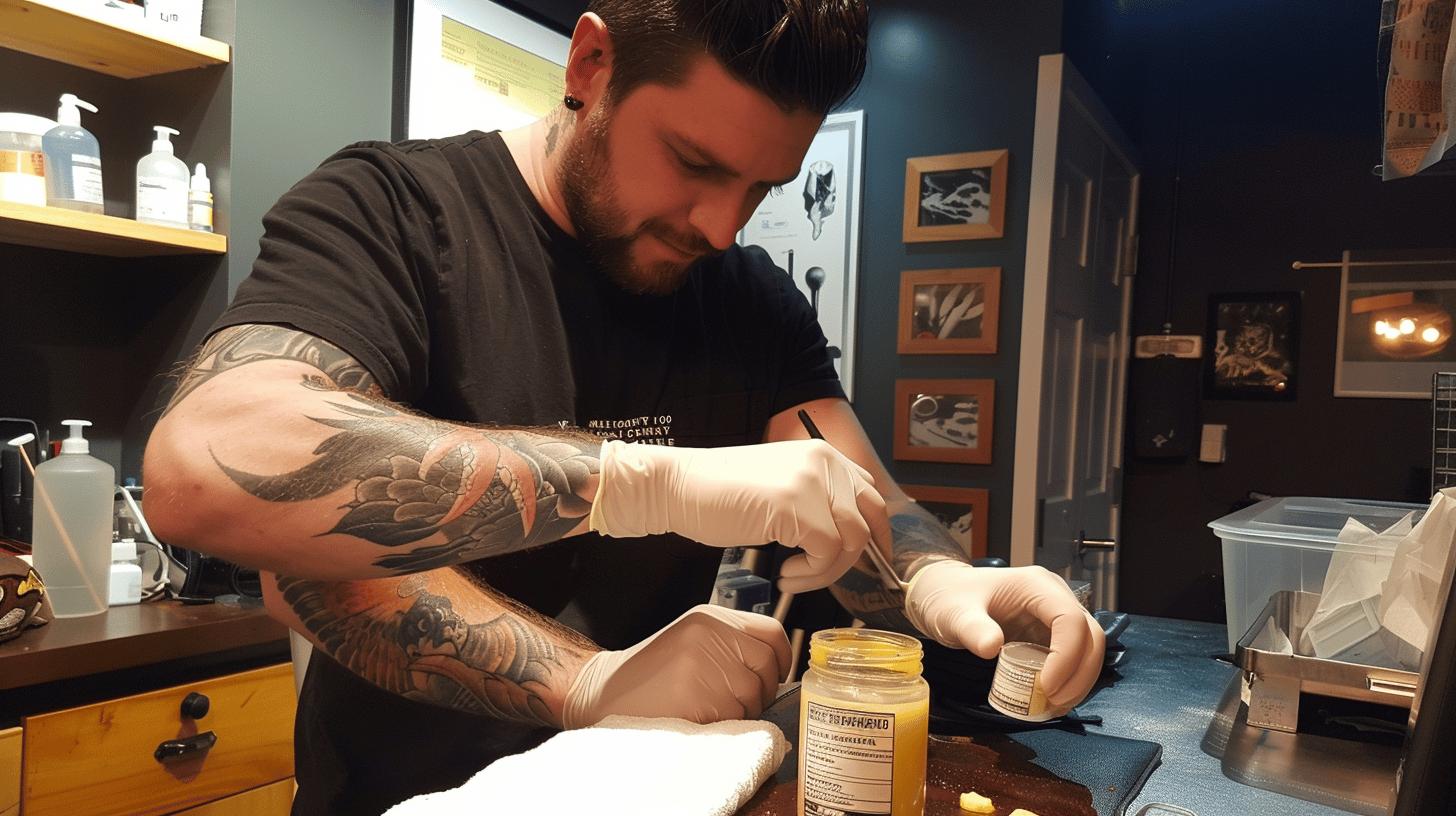
How do tattoo artists feel about using numbing cream?
Some tattoo artists are cautious about using numbing cream because it can make the skin feel rubbery, potentially affecting how the ink settles during the tattooing process.
When you use tattoo numbing cream, it alters the surface of the skin slightly. Some artists find that the numbness caused by the active ingredient, usually lidocaine, can change how the tattoo needle interacts with the skin. A rubbery texture might make it harder to achieve crisp lines or proper shading, especially during detailed tattoo procedures.
Another concern is that if the numbing cream wears off mid-session, tattoo pain after numbing cream can feel more intense than if no cream had been used at all. This sudden change can make it harder for the client to sit still during a longer tattoo, which can impact the quality of the work.
How many tattoo artists support using numbing cream if it improves client comfort?
Many tattoo artists are supportive of using a numbing cream if it helps reduce the pain and improves the overall tattoo experience for the client.
Artists who are open to using numbing creams often recommend products like TKTX or Tattoo Numbing Cream Co, as they are designed to numb the skin effectively and maintain a consistent numbness for hours if applied properly. They understand that getting a tattoo can be overwhelming, especially for clients with sensitive skin or those undergoing longer tattoo sessions. Good communication before the tattoo appointment helps set the right expectations and keeps the tattooing process smooth.
Tattoo pain despite numbing cream is still possible, but using a numbing cream correctly, like applying a thick layer and covering with plastic wrap, can significantly reduce pain signals from reaching the brain and make the experience more manageable.
Here are simple tips for discussing using numbing cream with your tattoo artist:
- Be honest about your pain tolerance and any previous experience with tattoos or skin treatments.
- Ask if your artist has a preferred type of numbing cream or any restrictions during the tattoo session.
- Make arrangements to apply numbing cream at the recommended amount of time before your tattoo appointment.
Open communication ensures the best numbing and the best tattoo experience possible.
Does Tattoo Numbing Cream Affect Tattoo Quality?
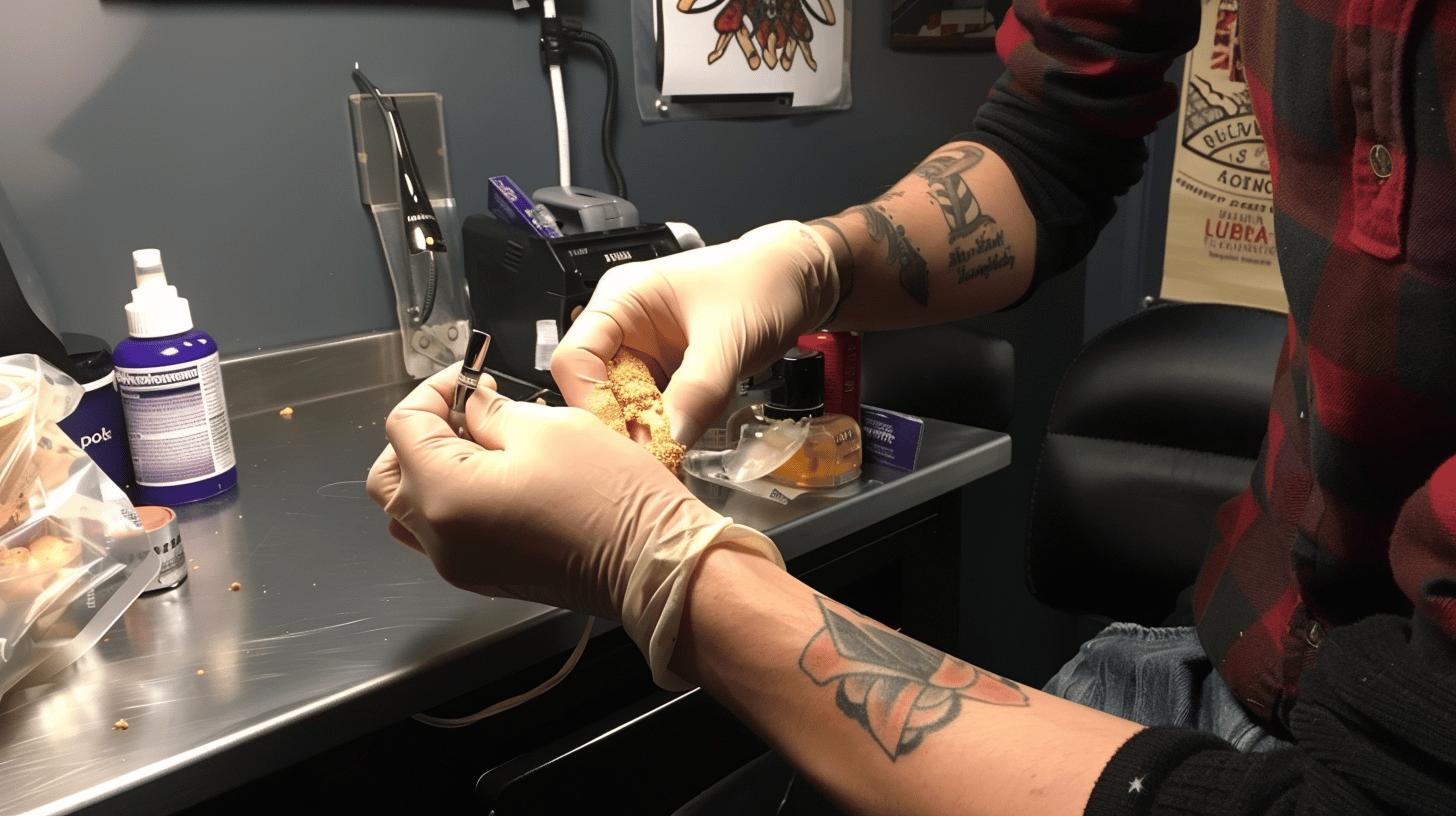
Does numbing cream affect tattoo ink?
Numbing cream can slightly affect tattoo ink penetration because it may change the texture of the skin temporarily. When you use numbing cream to numb the skin before a tattoo session, the surface of the skin can feel a bit rubbery or inflated. This might cause minor challenges for a tattoo artist during the tattooing process, particularly with very fine lines or detailed shading in a sensitive area.
Still, if the cream is applied correctly and given enough time to fully activate, the risks to tattoo ink setting properly remain very low.
Will numbing cream affect tattoo quality?
When used properly, numbing cream has minimal impact on tattoo quality.
The key lies in how the numbing cream is applied and how much is used. Applying a thick layer, covering it with plastic wrap, and leaving it on for the recommended amount of time – usually around 45 to 60 minutes – helps achieve effective numbing without oversaturating the area of the skin. Using a quality product, such as TKTX or Tattoo Numbing Cream Co, ensures fast numbing and reduces the chance of any adverse effects of any kind on the finished tattoo.
Tattoo fading risks with numbing cream are extremely rare. Using a numbing cream that contains active ingredients like lidocaine is unlikely to cause long-term fading if the tattooing process is done by an experienced artist and the skin is properly prepared. Minor localised redness is normal after tattoo procedures and usually disappears in a short time.
As long as you follow the instructions carefully, avoid using numbing cream on broken skin, and communicate openly during your tattoo appointment, your final tattoo should heal beautifully without problems caused by the numbing effect.
Best Practices for Storing Tattoo Numbing Cream for Maximum Effectiveness
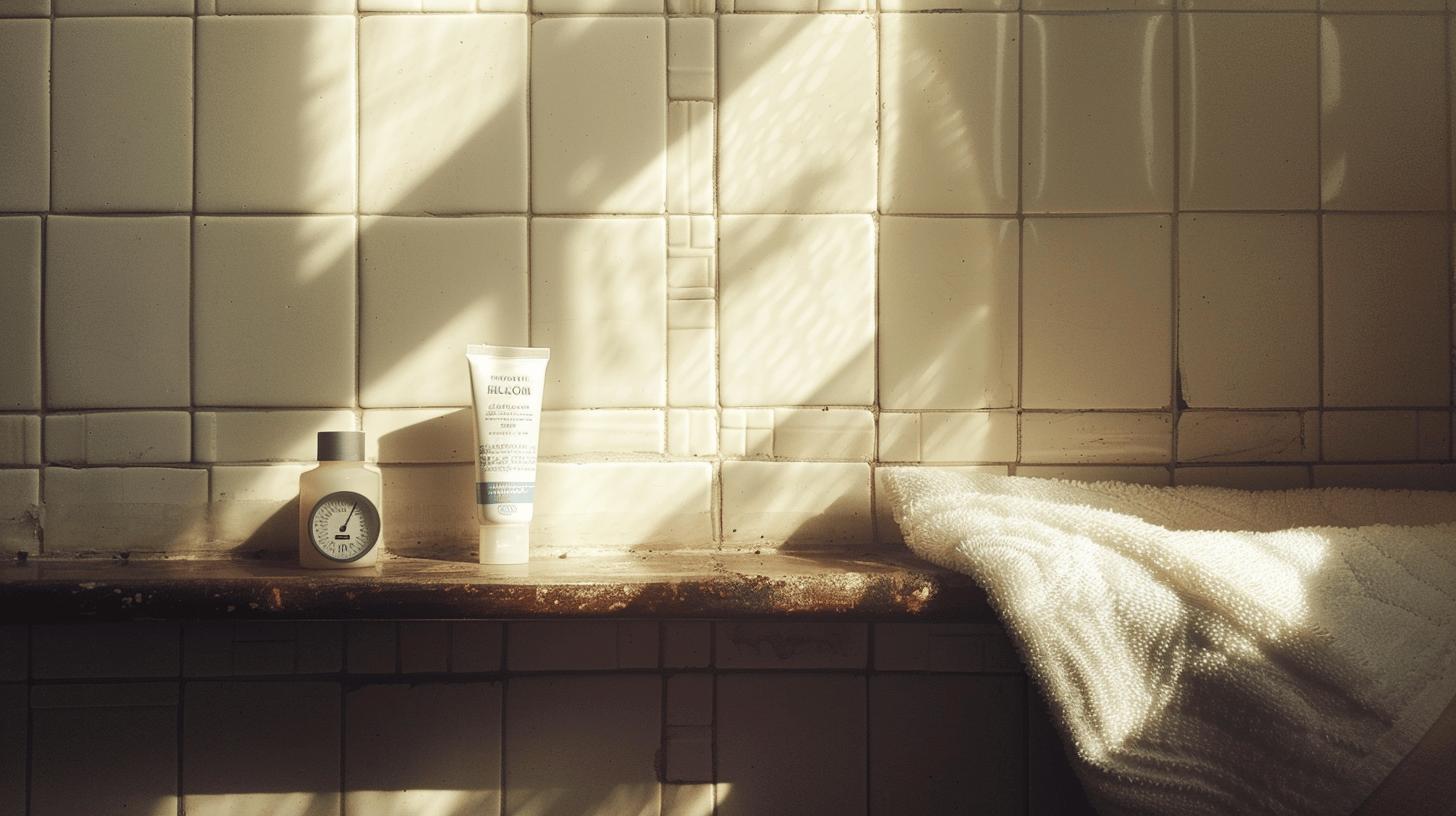
When asking how to store numbing cream properly, the short answer is: keep it in a cool, dry place away from direct sunlight.
Numbing cream expiry dates and effectiveness are closely linked. Using numbing cream past its expiry date can reduce the strength of the active ingredient, like lidocaine, which will affect how well the numbing cream works during a tattoo session or cosmetic skin treatments. Opened tubes of tattoo numbing cream should be used within six months to maintain peak performance and avoid adverse effects of any kind.
To make sure your tattoo numbing cream stays effective for as long as possible, follow these storage tips:
- Store in a cool, dry place: Avoid leaving the cream in hot or humid environments, as heat can break down the active ingredients and reduce the pain relief effect.
- Keep away from sunlight: UV rays can degrade the formulation, causing the numbing effect to weaken before your tattoo appointment.
- Seal the tube tightly: Always close the lid firmly after use to prevent air exposure, which can dry out the cream and make it less effective when you use tattoo numbing cream again.
- Check expiry dates regularly: Using an expired numbing cream may lead to reduced numbness or ineffective pain relief during tattoo procedures, cosmetic treatments, or laser hair removal.
Following these best practices not only helps maintain a strong numbing effect during your tattoo experience but also reduces the risk of skin problems or allergic reactions. Always check the packaging and follow the instructions to keep the area of the skin properly numbed and pain free during your tattooing process.
Common Mistakes When Using Tattoo Numbing Creams
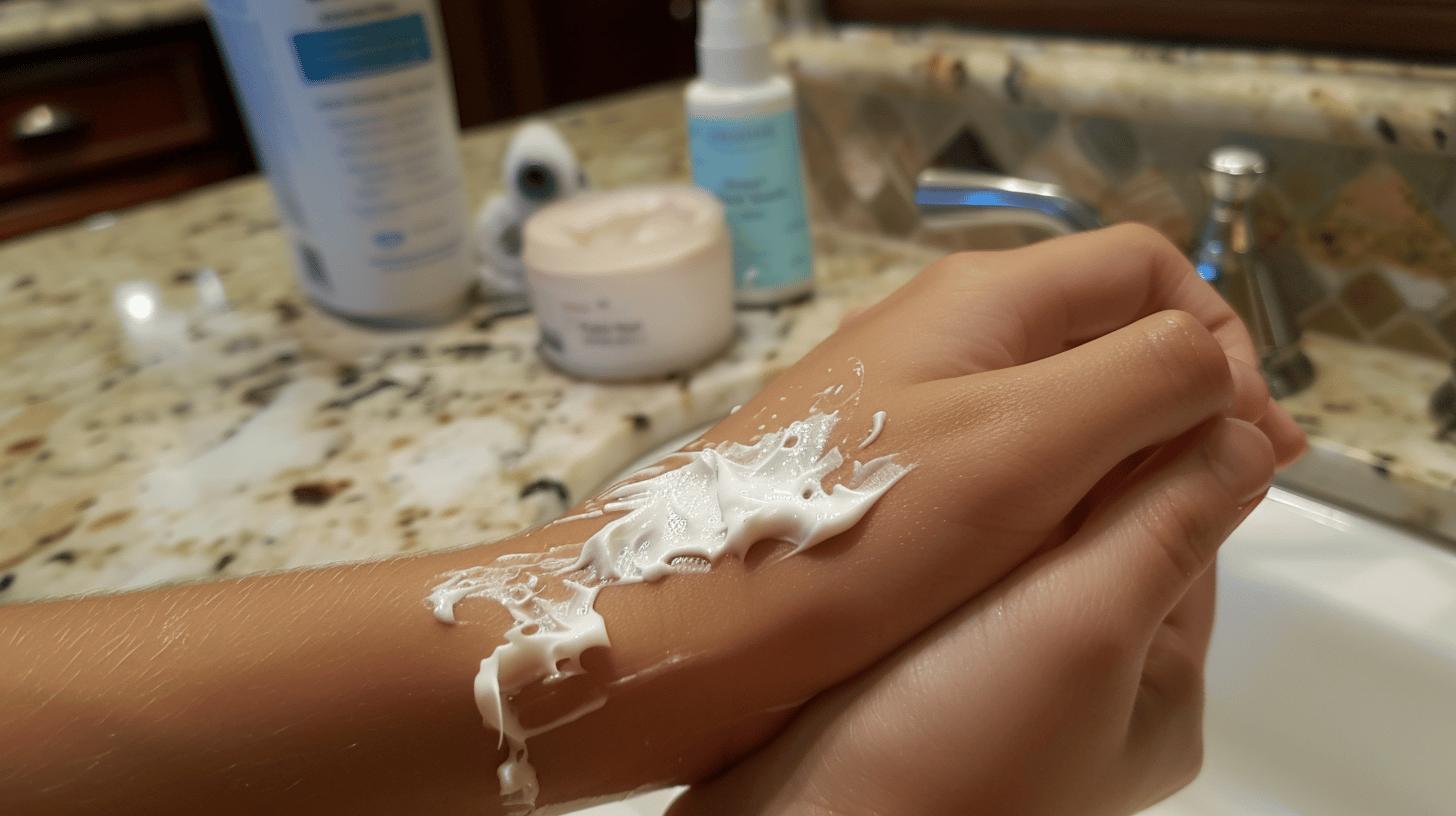
When asking about common mistakes using tattoo numbing creams, the short answer is: incorrect application, poor timing, and misuse can all reduce effectiveness and cause unwanted skin reactions.
Here are six frequent mistakes people make when they use tattoo numbing cream:
- Applying too little cream
Not using enough cream reduces the numbing effect. Always apply a thick layer—about 1mm—across the full tattoo area to properly numb the skin and block pain signals from reaching the brain. - Not covering with plastic wrap
Leaving the cream exposed to air can make it dry out too quickly. Cover the area with plastic wrap to keep the area warm and allow the active ingredient, like lidocaine, to penetrate the surface of the skin for effective numbing. - Removing the cream too early
If you wipe the numbing cream off before at least 45 to 60 minutes, you risk the numbness wearing off during the tattoo session. Always allow enough time for the active ingredients to work properly. - Relying solely on numbing cream for pain management
Numbing cream reduces pain but won’t make tattoo procedures completely painless. Some tattoo pain may still be felt, especially during longer tattoo sessions. - Applying cream on broken skin
Never apply numbing cream to broken or already tattooed skin. This can lead to adverse effects of any kind, including paleness or redness, and increases the risk of allergic reactions. - Using expired or poorly stored cream
Numbing cream past its expiry date, or cream that has been exposed to heat or sunlight, may not numb the skin effectively. Always store your numbing cream properly and check expiry dates before use.Using a range of high-quality products like TKTX or Tattoo Numbing Cream Co, following the instructions carefully, and communicating with your tattoo artist can help reduce pain and make your tattoo experience much more manageable without troublesome or unusual effects.
Frequently Asked Questions About Tattoo Numbing Cream Duration
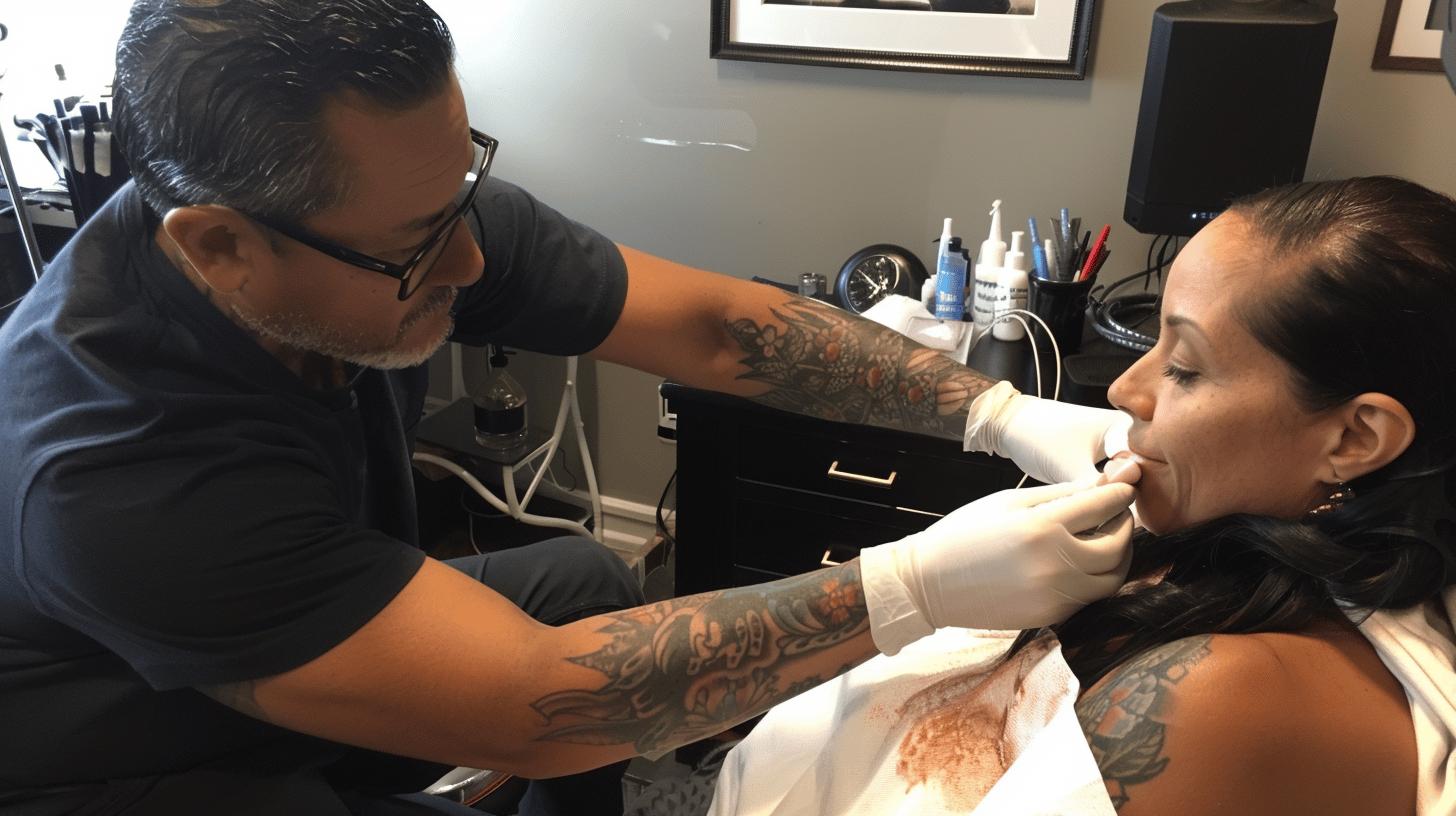
- How long does tattoo numbing cream last?
Tattoo numbing cream typically lasts between 2 to 6 hours.
The exact duration depends on factors like the strength of the active ingredient, such as lidocaine, the tattoo area, the amount of numbing cream used, and how the body processes the numbing effect. Products like TKTX and Tattoo Numbing Cream Co offer fast numbing and longer pain relief if applied at least 45 to 60 minutes before the tattoo session. - When does the numbing effect start to wear off?
The numbing effect usually begins to wear off after 2 to 4 hours.
Stronger creams with 5% lidocaine can extend the numbness up to 6 hours, but areas with thick skin or high blood flow might experience faster fading. It’s common to feel tattoo pain returning gradually during a longer tattoo session. - Does the percentage of lidocaine matter for how long the numbing lasts?
Yes, the lidocaine percentage directly affects how long the tattoo numbing cream lasts.
Numbing creams containing 5% lidocaine, the maximum allowed for over-the-counter topical products, provide the longest and most effective numbing. Using a numbing cream with lower lidocaine content may offer pain relief for only 1 to 2 hours. - Is it possible to reapply numbing cream during a tattoo session?
Reapplication can be done carefully during longer tattoo procedures.
Only apply numbing cream to unbroken skin areas that have not yet been tattooed. Always discuss reapplication with your tattoo artist before the tattooing process continues, and allow around 30 minutes for effective numbing after reapplying. - Do stronger numbing creams like TKTX last longer than regular ones?
Yes, stronger creams like TKTX can last longer than standard options.
TKTX and similar high-strength creams are designed to numb the skin for extended periods, making them suitable for longer tattoo sessions, cosmetic skin treatments, or laser hair removal. Following the instructions and applying a thick layer covered with plastic wrap helps maximise the effectiveness of the cream.
Final Words
Covering everything from how tattoo numbing cream how long does it last to how to apply numbing cream properly, it’s clear a smoother tattoo experience is well within reach.
Knowing how long does numbing cream last, understanding the numbing effect on sensitive skin, and choosing the best numbing options can make getting a tattoo far more comfortable.
We also tackled reapplying tattoo numbing cream during long sessions, tattoo artists’ views, and whether using numbing changes tattoo quality over time.
If you use tattoo numbing cream correctly, speak openly with your tattoo artist, and store your numbing cream properly, you’ll get the most out of every application.
Choosing top-rated creams like TKTX ensures longer-lasting relief, helping you enjoy the art without being overwhelmed by tattoo pain.
FAQ
Q: How long does tattoo numbing cream last?
Tattoo numbing cream typically lasts between 2 to 6 hours. The numbing effect depends on the strength of the active ingredient, the tattoo area, and the amount of numbing cream used during application.
Q: How long does numbing cream take to work before a tattoo session?
Numbing cream usually takes around 30 to 60 minutes to work. Apply a thick layer with plastic wrap over the area of the skin for faster numbing before the tattooing process begins.
Q: What is the best tattoo numbing cream for sensitive skin?
The best numbing creams for sensitive skin are those containing lidocaine 5%, like Emla numbing cream or TKTX. They are designed to numb the surface of the skin without causing skin problems or allergic reactions.
Q: Why do tattoo artists sometimes dislike using numbing cream?
Some tattoo artists feel numb skin can become rubbery and affect ink absorption during tattoo procedures. Talking openly before your tattoo appointment helps manage expectations about using a numbing cream.
Q: Can I use TKTX numbing cream for longer tattoo sessions?
TKTX numbing cream is a top-rated tattoo numbing cream often used for longer tattoo sessions. It offers effective numbing for up to 5 hours if applied correctly on the tattoo area before the tattooing process.
Q: Is 5% lidocaine in numbing creams strong enough for tattoo pain?
Numbing creams with 5% lidocaine are among the strongest available for reducing tattoo pain. They work by blocking pain signals from reaching the brain, offering significant pain relief during a tattoo session.
Q: What happens if you leave numbing cream on for 2 hours?
Leaving numbing cream for 2 hours may cause paleness or redness on the area of the skin. Minor localised redness is normal, but longer exposure increases the risk of allergic reactions or adverse effects.
Q: Does tattoo numbing cream work equally on all tattoo areas?
The numbing cream effectiveness on tattoos can vary depending on skin thickness, metabolism, and location of the tattoo. Areas with thick skin may see the numbing effect wear off faster during the tattooing process.
Q: How should I apply numbing cream before getting a tattoo?
Apply numbing cream at least 45 minutes before getting a tattoo. Use a thick layer, cover the area with plastic wrap, and keep the area clean and dry to maximise pain relief during your tattoo experience.
Q: Are there risks of allergic reactions from using numbing creams like TKTX?
While numbing creams are designed to numb the skin safely, allergic reactions or adverse effects can happen. Always follow the instructions and do a patch test if you have ever had skin problems or allergic reactions.
Q: How long does Emla numbing cream last once opened?
Emla numbing cream should be used within 6 months once opened to maintain full effectiveness. Storing it in a cool, dry place can preserve its ability to numb the surface of the skin properly.
Q: Can tattoo pain still be felt after using numbing cream?
Yes, some tattoo pain despite numbing cream is possible, especially during longer tattoo sessions. The numbing effect may gradually wear off as the tattooing process continues or if the area was not fully covered.


